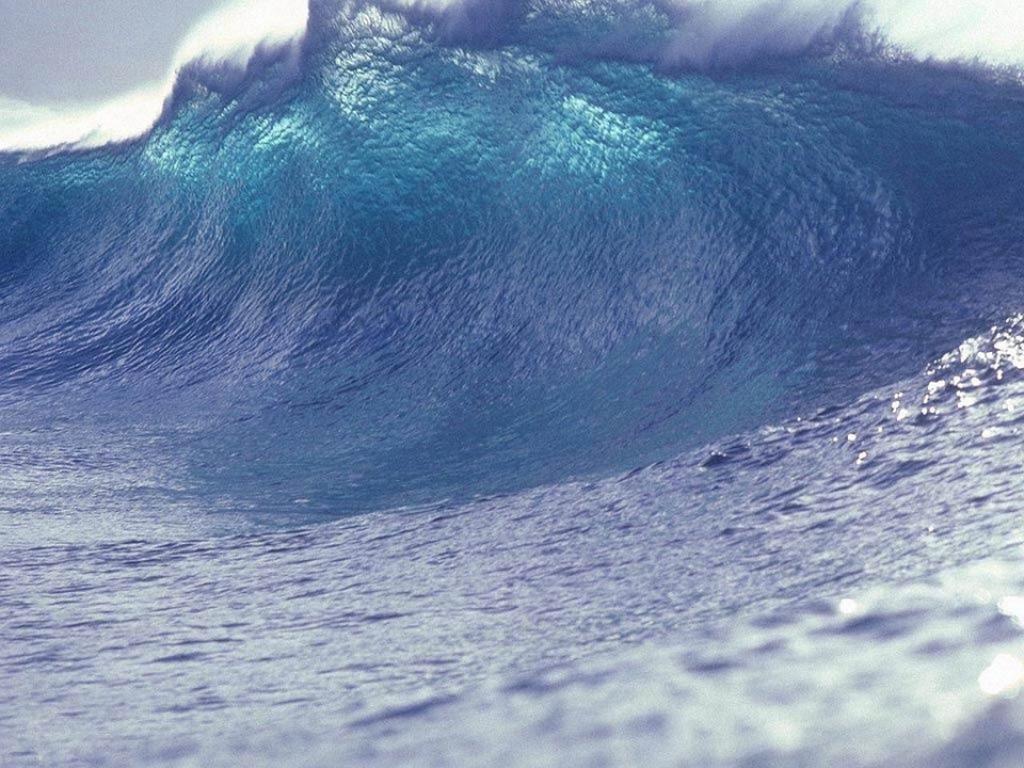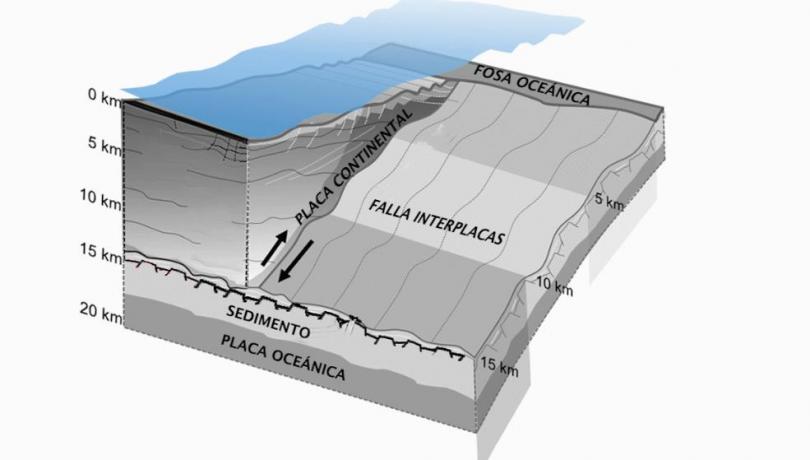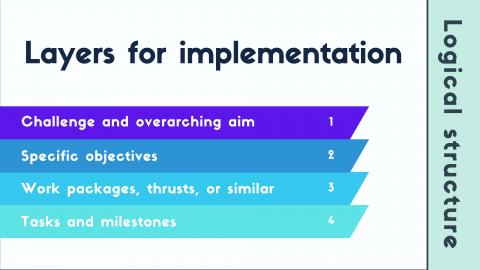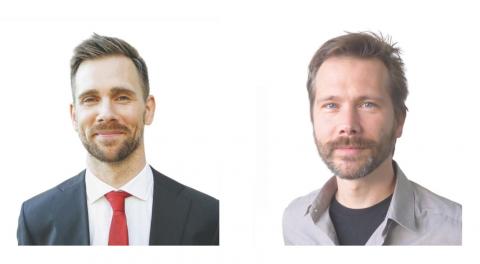- Guidelines are issued according to the volume of the room, the number and age of students, the activity level and the incidence of coronavirus in the region
- Solutions and examples are provided for a wide range of situations in schools, and offers the tools to evaluate if the ventilation is adequate.
- Easy-to-read summaries, infographics and a document with practical cases are offered for a successful implementation
Ventilation and air purification to reduce coronavirus risk of infection
Researchers from the Institute of Environmental Assessment and Water Research (IDAEA-CSIC) and technicians of the Asociación Mesura have developed a guide with instructions to ventilate classrooms to reduce the risk of coronavirus contagion. The document establishes the recommendations for an effective ventilation and air purification, considering the size of the room, the number and age of people inside, the activity level and the incidence of cases in the region. In addition, it provides the tools to determine if the ventilation requirements are adequate.
“Ventilation means the renewal of air; that is, the replacement of indoor potentially contaminated air with virus-free outdoor air. The purification of the air consists of the elimination of suspended particles, which may contain virus ”, clarifies the researcher, and one of the authors of the guide, María Cruz Minguillón.

The researchers indicate that reducing the risk of contagion can be achieved by reducing both the emission and exposure to airborne particles, also called aerosols, likely containing viruses. Emission can be reduced by:
- Reducing the number of people in the room
- Silence, or quiet speaking (talking loudly or yelling increases the emission 300 times)
- Use tight-fitting face masks
On the other hand, exposure can be reduced by:
- Using tight-fitting masks
- Reduction of exposure time
- Increased physical distance
- Ventilation or air purification to eliminate or reduce virus concentration in the air
An average of 5-6 air changes per hour
The ventilation required to reduce the risk of infection depends on many factors, such as the volume of the room, number and age of students, the activity level, etc. This guide follows the advice of the Harvard University guide, which recommends 5-6 air exchanges per hour for classrooms of 100 m2, with 25 students aged 5-8 years. This is equivalent to approximate 14 liters per person and second.
The researcher María Cruz Minguillón clarifies that “5 air exchanges per hour means that in one hour a volume of outside air equal to 5 times the volume of the classroom, enters the classroom. It does not mean to open the windows 5 times”.
In order to visualize the situation in a school, an interactive map was designed to offer a spatial layout of a school with different classroom conditions and settings. This diversity of configurations allow the user to find a classroom with similar characteristics to the interested one. The map gives approximate scenarios and different trends without the need to measure CO2 in the classroom. Likewise, it is possible to identify which conditions and configurations favour the reduction of the risk of airborne infection based on indoor air renewal.
Experts insist that outdoor activities are always preferable to inside ones. In case the activity has to be indoors, it is better to do it in classrooms with natural ventilation, especially cross ventilation (windows and doors on opposite sides). If natural ventilation is not enough, it is recommended to use individual extractors or impellers. In case of having centralized ventilation systems, the outside air rate should be increased and recirculation should be reduced. If no ventilation measures can be used, air should be purified using equipment with HEPA filters.

The solution can be a combination of several options, for example, natural ventilation combined with purification. To evaluate whether a given configuration is good enough, the guide describes two methods based on carbon dioxide (CO2) measurements that are intended to quantitatively determine the ventilation of a classroom.
The guide is applicable to other interior spaces such as offices or other public buildings. These recommendations do not replace the use of masks, physical distance and hygiene measures, which continue to be necessary.
The researchers warn that “zero risk of infection does not exist”, and therefore the instructions included in the guide “reduce the risk, but do not eliminate it completely”. Also, this guide cannot substitute professional ventilation and air treatment services, as some sites may require complex calculations that cannot always be made by end users.
Image credits:
Images were kindly provided by IDAEA-CSIC, including: Student with a face mask in a classroom was taken by Alexandra_Koch for Pixabay; ventilation diagram, which is part of a larger infographic developed by IDAEA-CSIC, Asociación Mesura and the Ministry of Science and Innovation.























